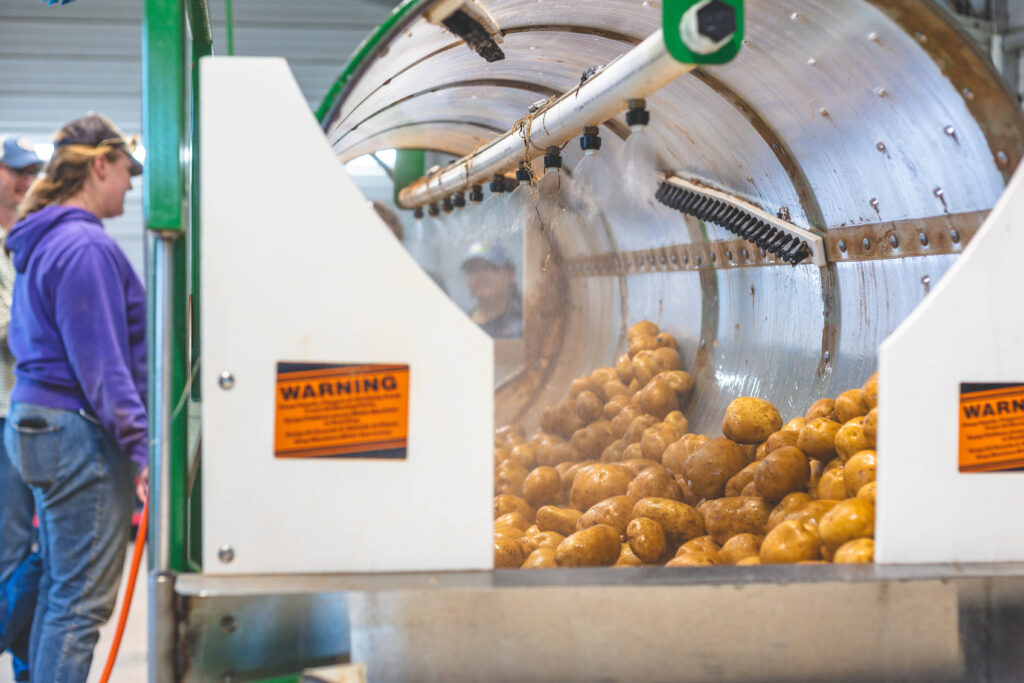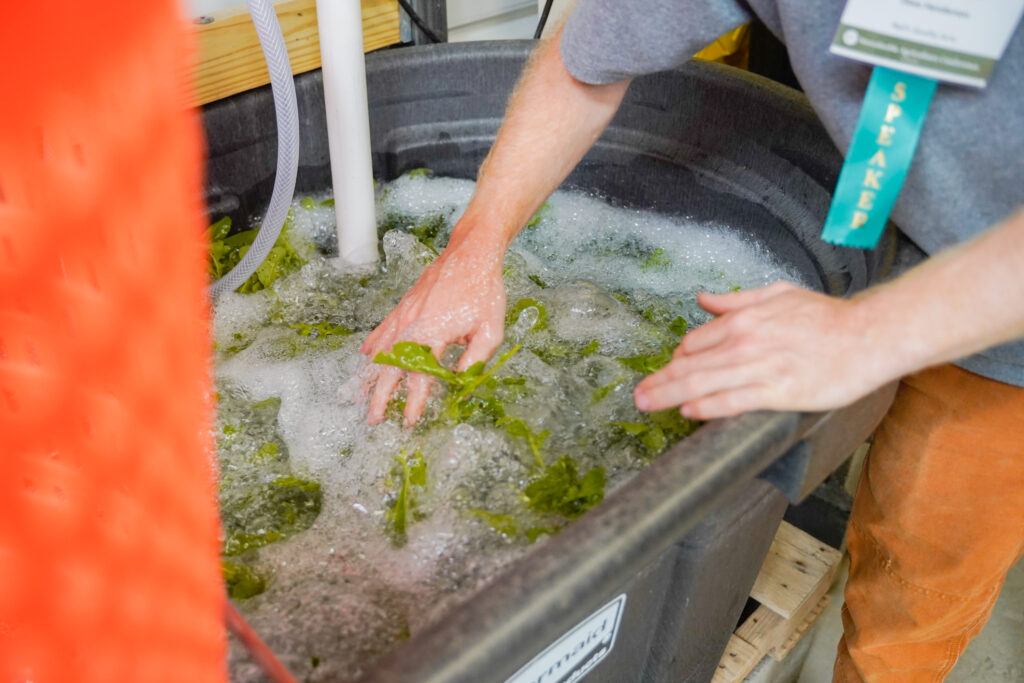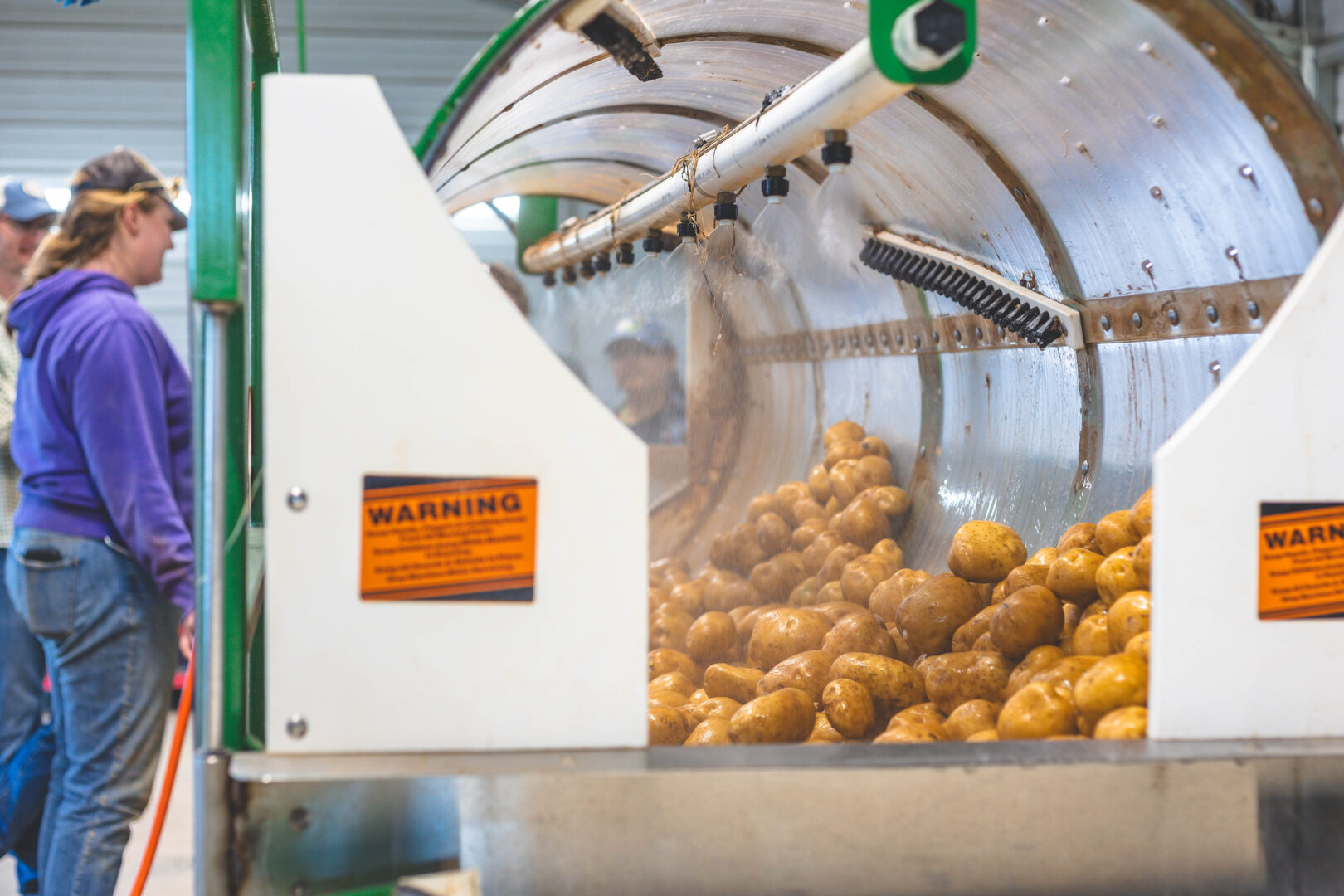
Have you ever heard the word audit and thought that it sounds exciting? More than likely not. Going through any inspection, especially related to your farm, feels overwhelming and invasive. But, if you are a produce grower, you may have heard of the term “GAP Audit.” A Good Agricultural Practices audit is a certification offered to the fruit and vegetable industry to verify an operation’s efforts to minimize the risk of contamination of fresh fruits, vegetables, and nuts by microbial pathogens and other foodborne hazards. In short, how do we ensure the product we buy is safe?
Buyers are looking for growers like yourself; many will want to verify you are a reputable supplier. GAP certification helps them ensure that. But how do you prepare to take your farm business to the next level? This article will cover some highlights to get you started and provide additional resources to explore.
Getting Started
Don’t let the word “audit” be intimidating to you. Remember, GAP audits are voluntary. The primary purpose of going through this type of audit is to enhance your food safety and break into new markets. All of that is to say you are in control. No one is popping up at your operation requiring you to do this audit.
Buyers- Who is buying what? Before our planting season begins, this is an excellent time to reach out to food hubs, grocery stores, restaurants, or any entity that requires certification and ask what they are looking for. Knowing what our buyers need is crucial as it ties in with crop planning. Sometimes, growers find themselves with too much, resulting in food waste or giving more produce away with no profit. Preparing for this takes some of the stress off your plate, so you are not rushing through the GAP process to satisfy one buyer.
Food Safety Training- GAP requires that farm food safety managers, this may be you, participate in extensive food safety training every two years. There is always at least one thing you learn from a class that you didn’t know before. And that one thing could be the difference in not making someone sick. Utilize Events – Carolina Farm Stewardship Association to find your next training.
Water Test- Every operation needs to have a potable water source. Potable means we can drink, wash hands, and clean surfaces and tools with it. There are three types of water sources.
- Municipal water (City Water)- You can pull results from your county’s website. These results are typically posted yearly.
- Well Water- Needs to be tested once a year and must have a backflow preventer installed. For those of you saying, “We have had this well for many years; there is no need to test it.” Remember, we are feeding the Public; trust me, test the water.
- Surface water- ANY water source that is open to the environment; this includes rain barrels. This can not be used as potable water, but if you must, we can discuss ways to make it safe. Surface water is used mainly for irrigation, mixing agricultural sprays, and frost protection and needs to be tested three times in a production season (beginning, middle, and end).
The desired results for our potable water should be less than one generic E. coli and total coliform.

Essential Next Steps
At this point, you should know what buyers are looking for and have participated in food safety training. Now, it is time to put your plan in motion.
Connect with CFSA- We have Local Produce Coordinators on staff to help you. If you are a member, this service is FREE; if not, it is $40 to become a member. Complete the GAP Technical Assistance Application, and one of our knowledgeable team members will connect with you.
Address food safety concerns- Your Local Produce Safety Coordinator will help you identify any issues where we can improve food safety and will help write your food safety plan.
Record Keeping- Your food safety plan will house all your written standard operating procedures, but most importantly, your records and risk assessments. The most significant part of any audit is records. How can you prove it happened if you didn’t write it down? Once production begins, you will want to utilize these templates. Make it easy by putting essential checklists on clipboards.
Train your employees and workers- ANYONE can introduce a food safety risk to your fresh produce, resulting in contamination. Ensure you train employees and workers around food safety items related to their hired tasks and good hygiene practices. This policy is also true for visitors and contractors.
Even if an audit is not something you are ready to pursue, I encourage you to expand your food safety knowledge and develop standard operating procedures. Your favorite place to eat earns that title because, on some level, they have assured you that they are feeding you a safe product. You trust them to feed you. Well, as your consumers, we have that same trust in you. Grow your knowledge to grow your business, and most importantly, thank you for feeding us.
About the Author
Keisha Rainey is CFSA’s Food Systems Specialist.
Keisha lives in Lexington, South Carolina, and enjoys the diversity agriculture offers as well as engaging with farmers and being part of helping them be successful. In addition to being a part of CFSA, she has also been accepted to the Palmetto Leadership Program for the Environment, Agriculture, and Forestry through Clemson University. Keisha has a degree in business administration from Newberry College. Keisha has experience in the foodservice industry, financial institutions, and assisting different industries in running their business operations.



